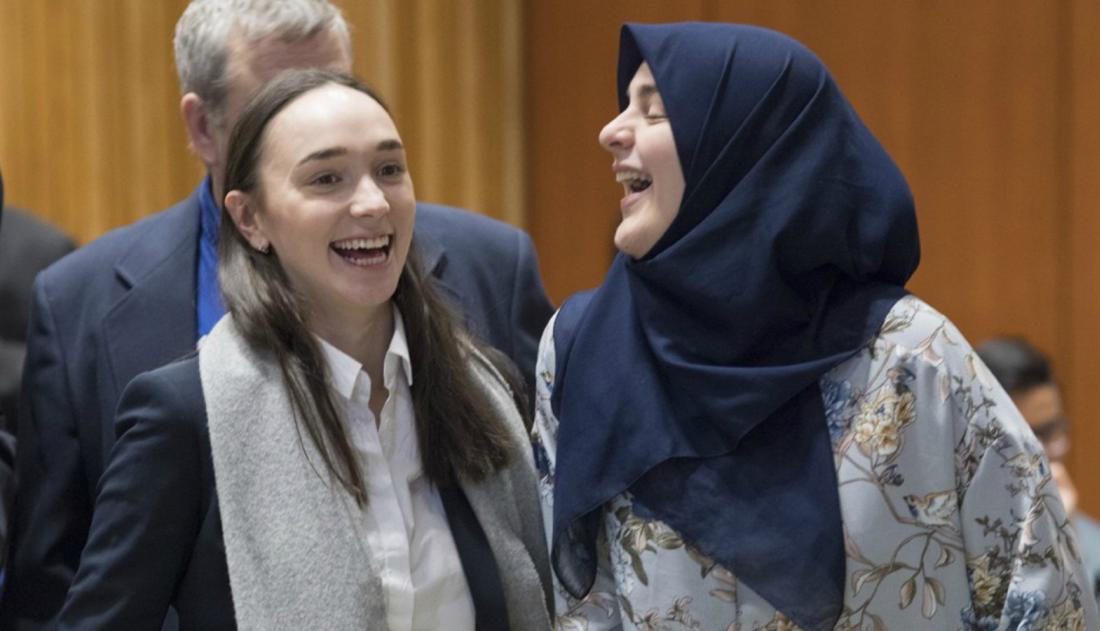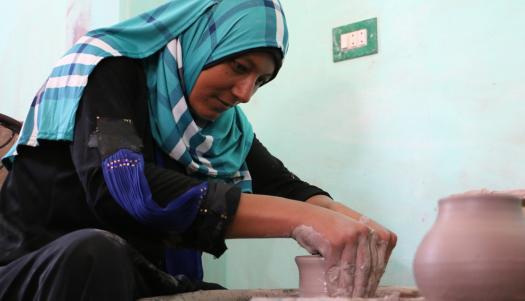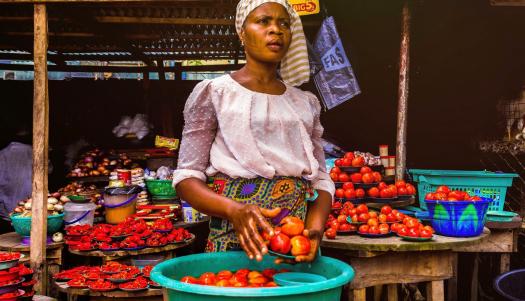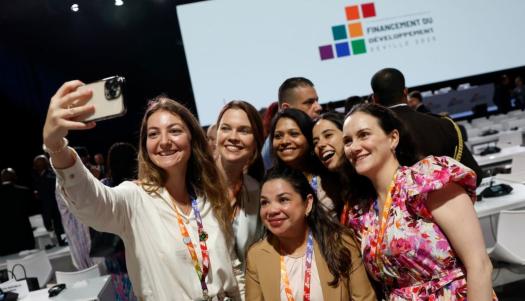
Social protection is a potent policy tool to protect people from poverty throughout the life cycle. It can also reduce inequality and social exclusion. However, as the Report on the World Social Situation 2018 (United Nations, forthcoming) makes clear, access to social protection varies significantly depending on a person’s background or identity, including their age, race, and gender. This can limit its potential to promote inclusion.
In 2015, young people aged 15 to 24 years accounted for 1.2 billion, or 16 per cent, of the world’s population (United Nations, 2017). Creating a social and economic environment that enables these young people to thrive in adulthood—including through pathways to decent work—is central to promoting their inclusion.
But when opportunities for work are lacking, social protection can play a vital role in addressing exclusionary risks. Unfortunately, the specific needs of young people are rarely the focus of social protection systems, even though failing to invest in youth can have long-term implications for society.
 Welcome to the United Nations
Welcome to the United Nations


